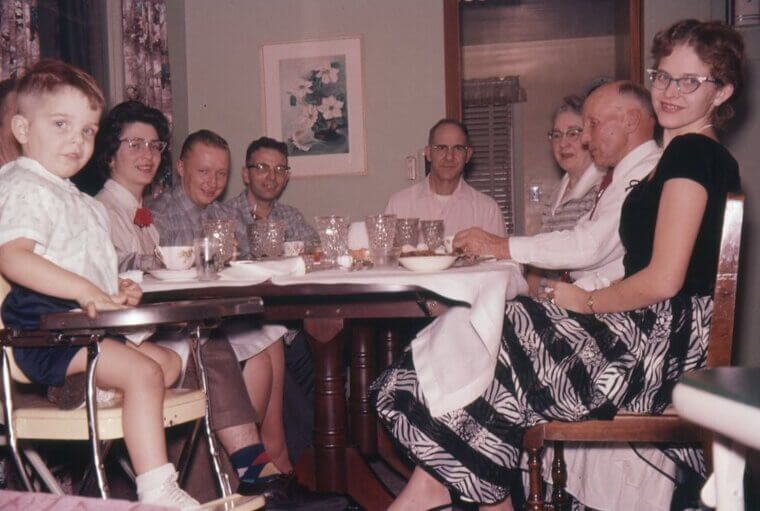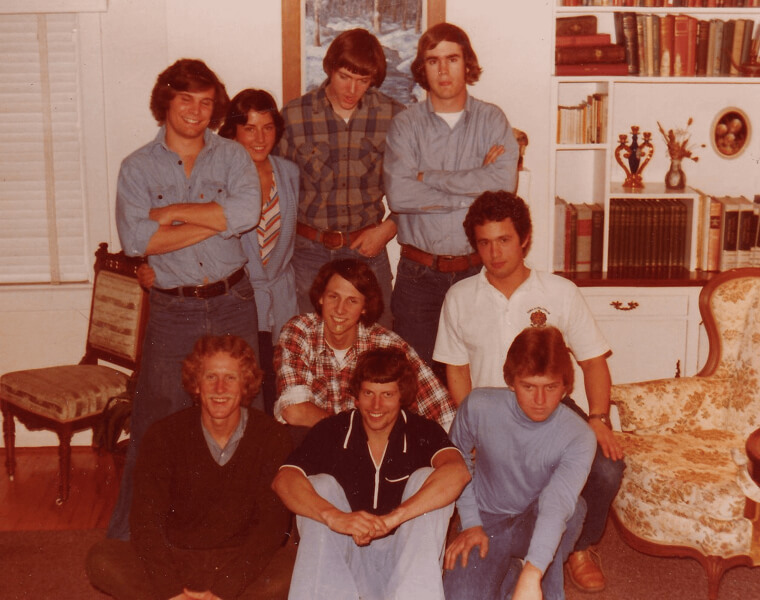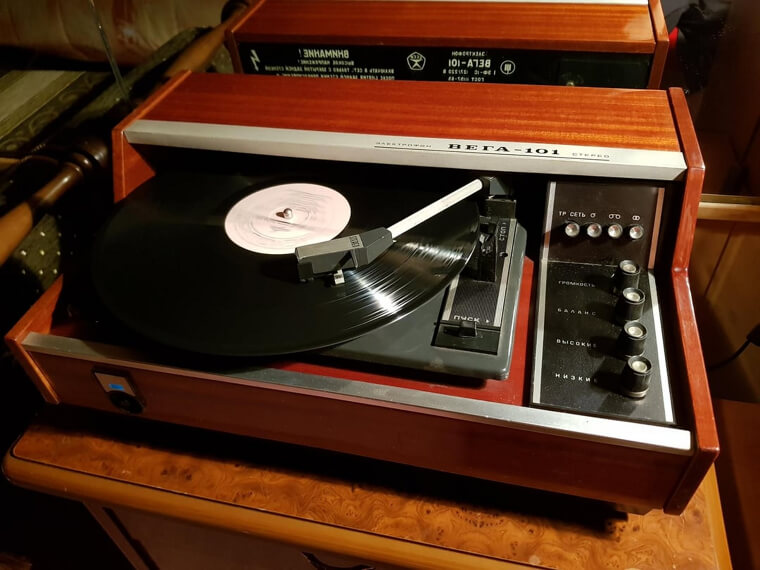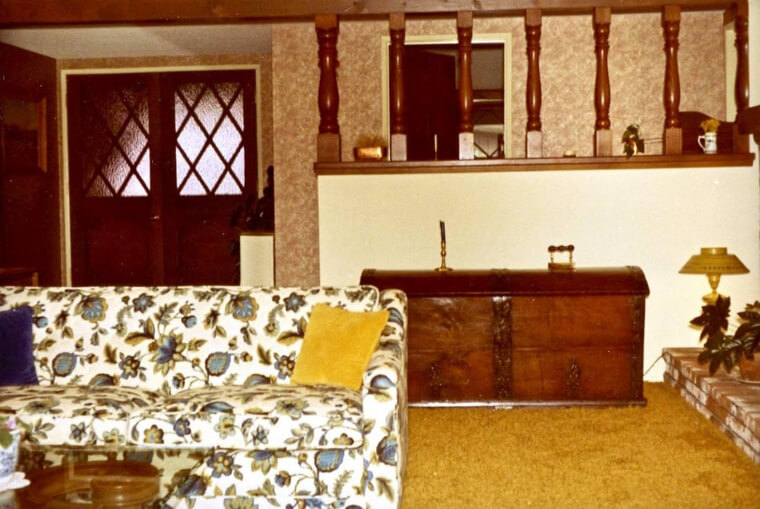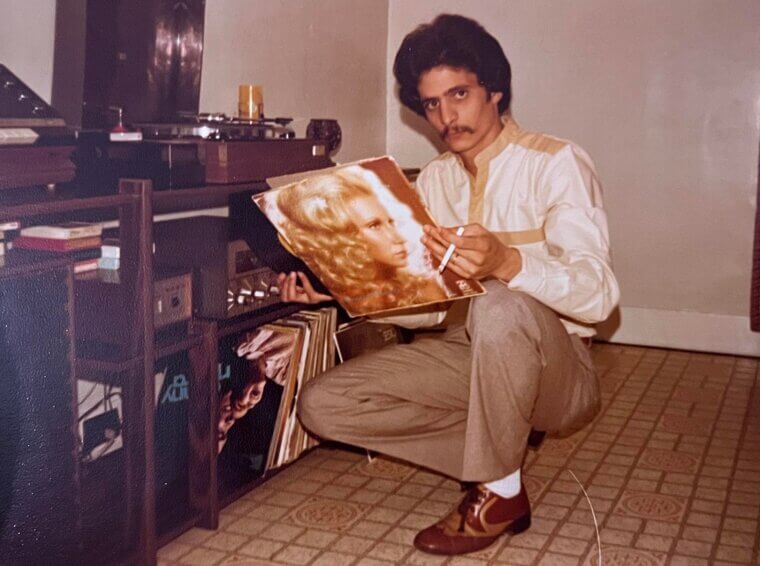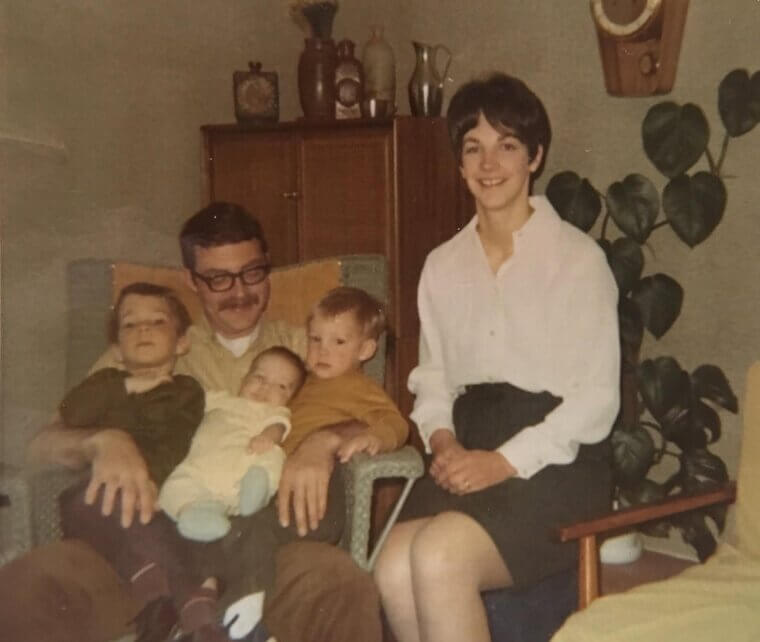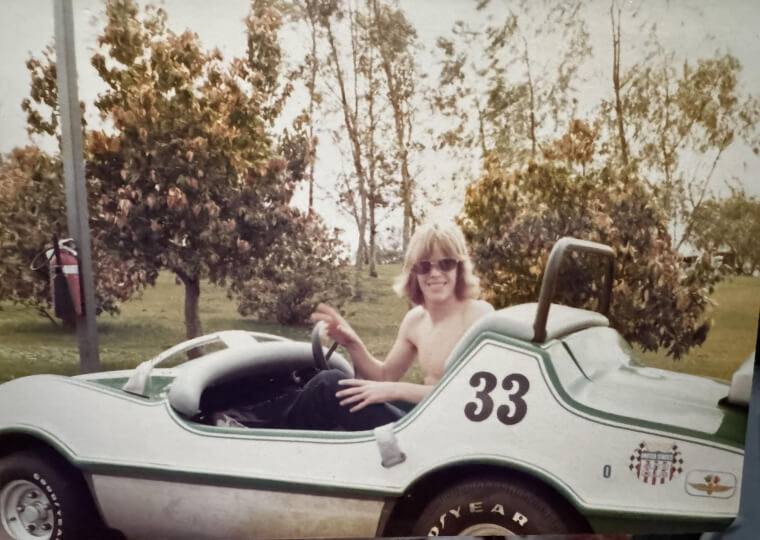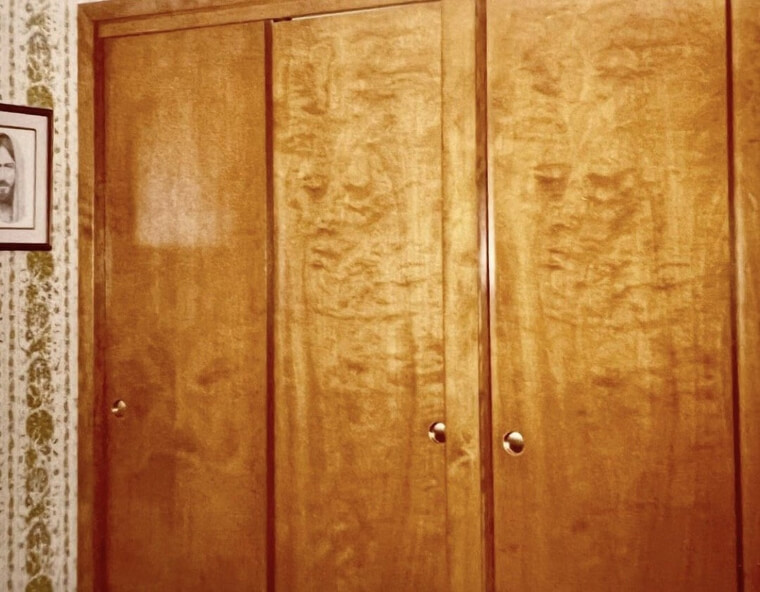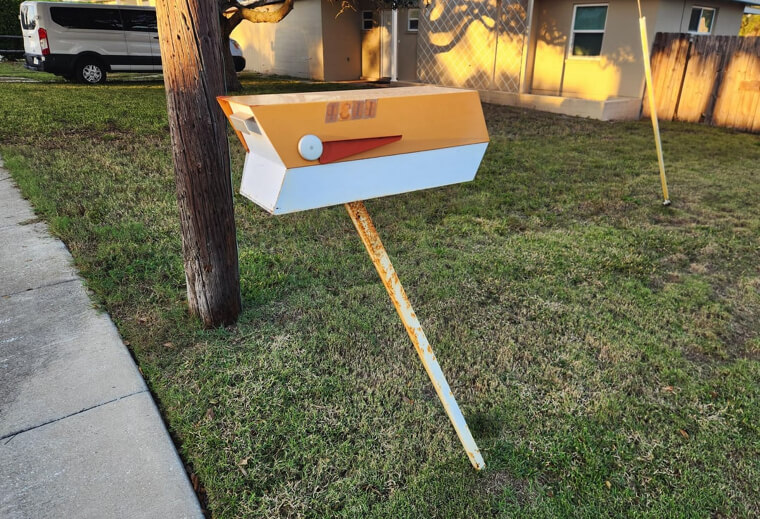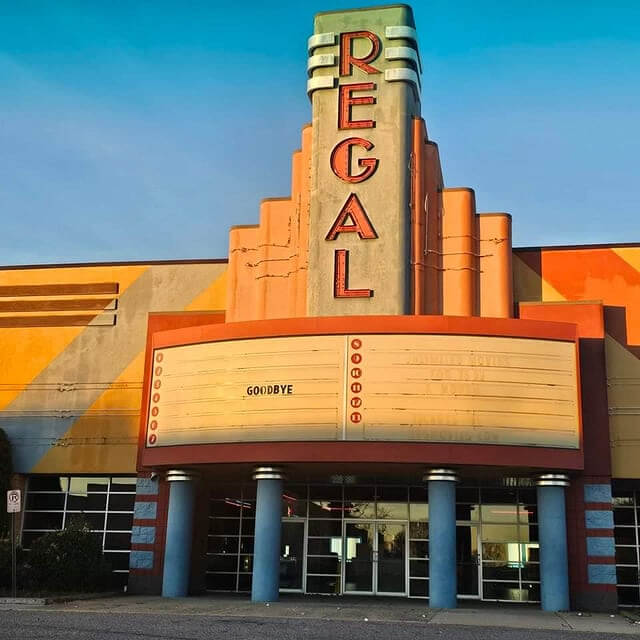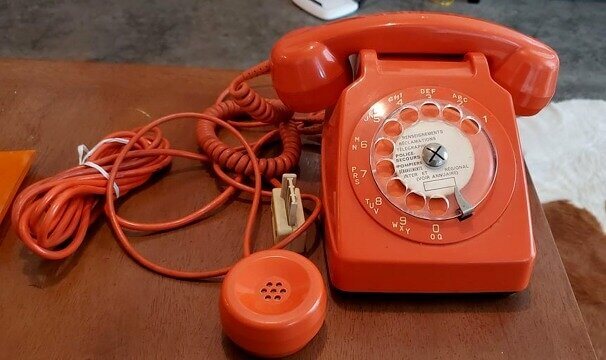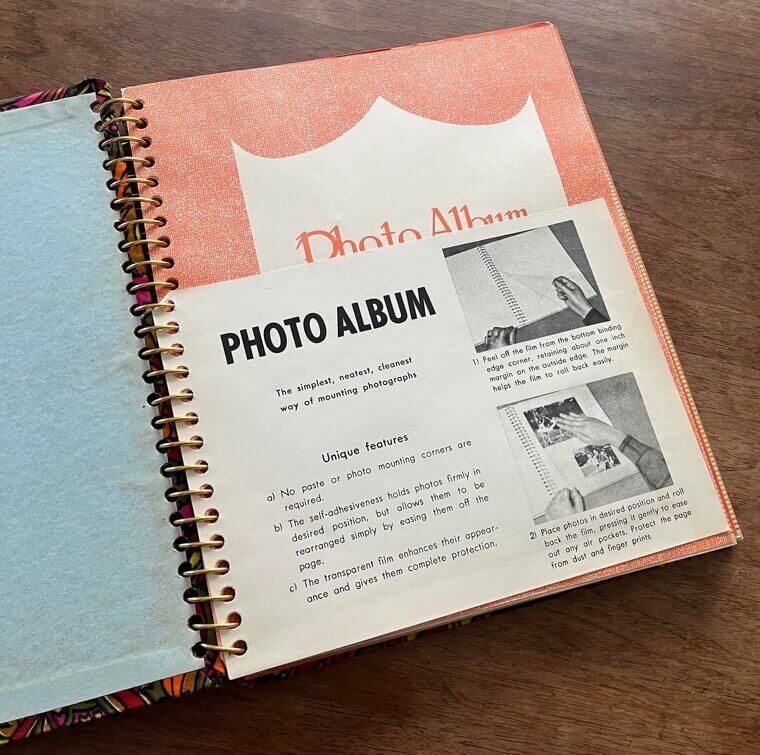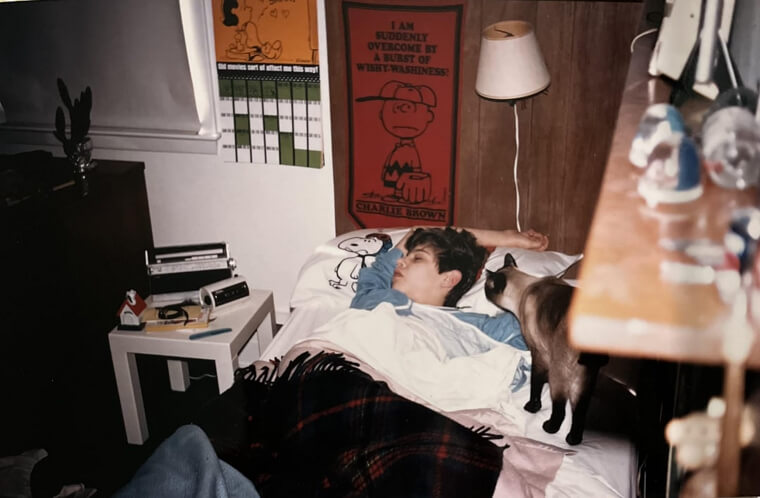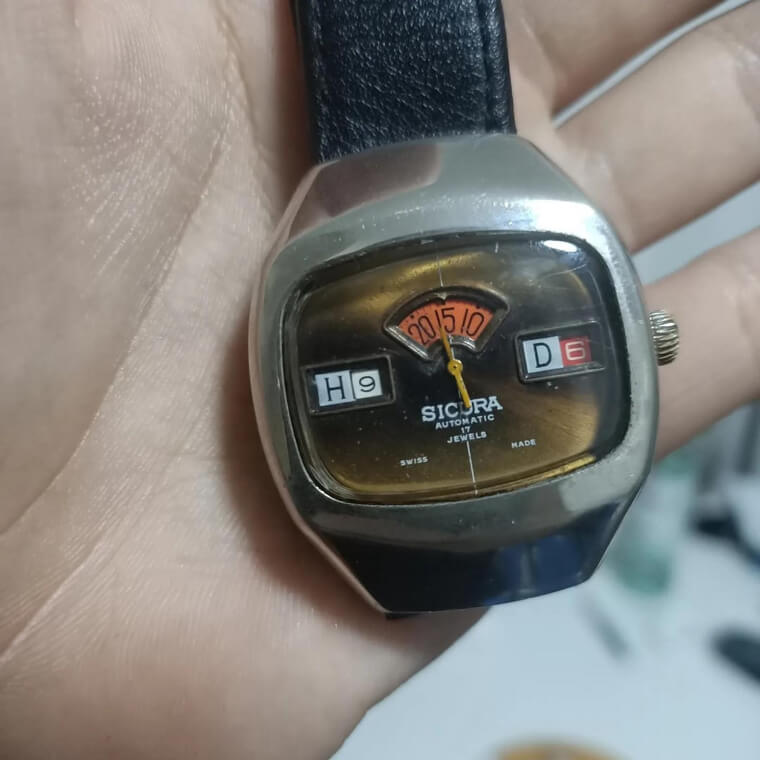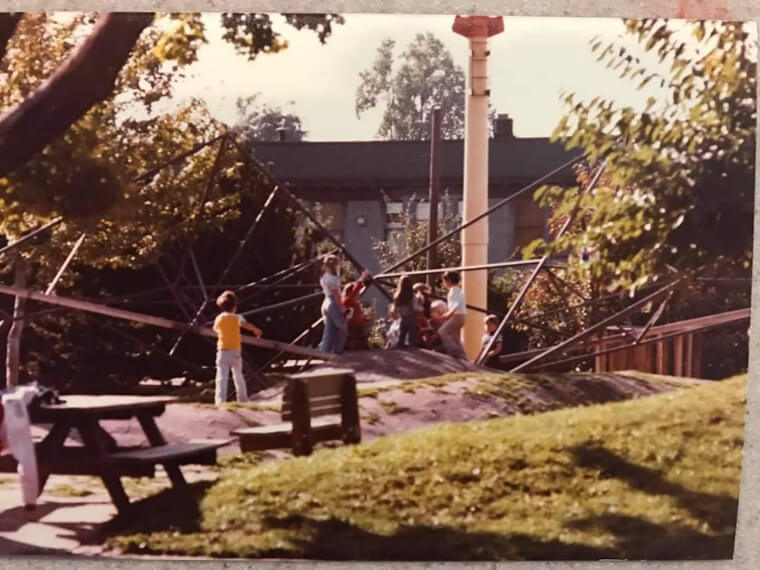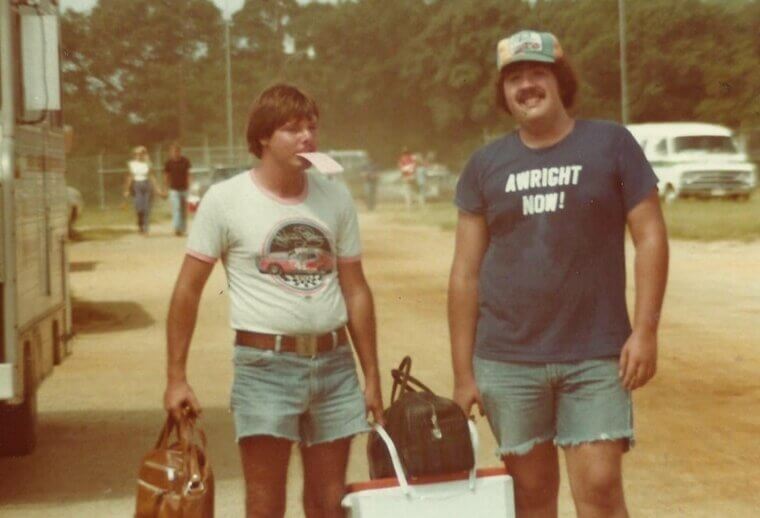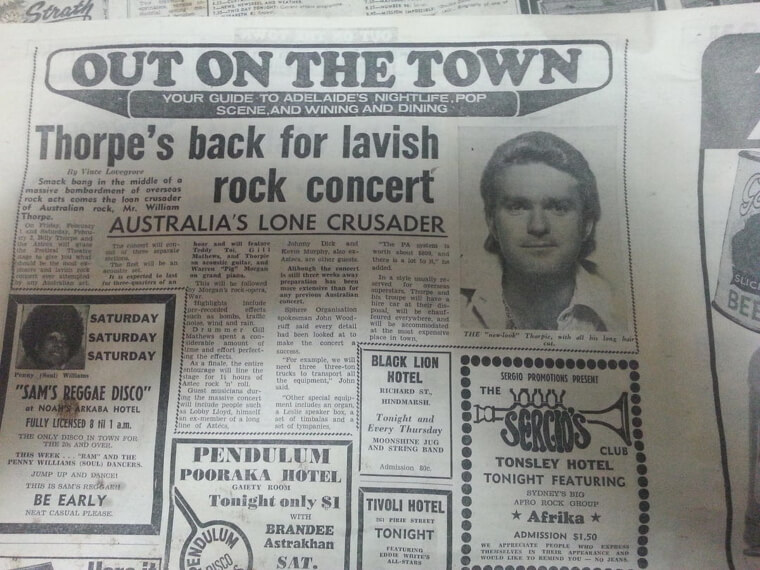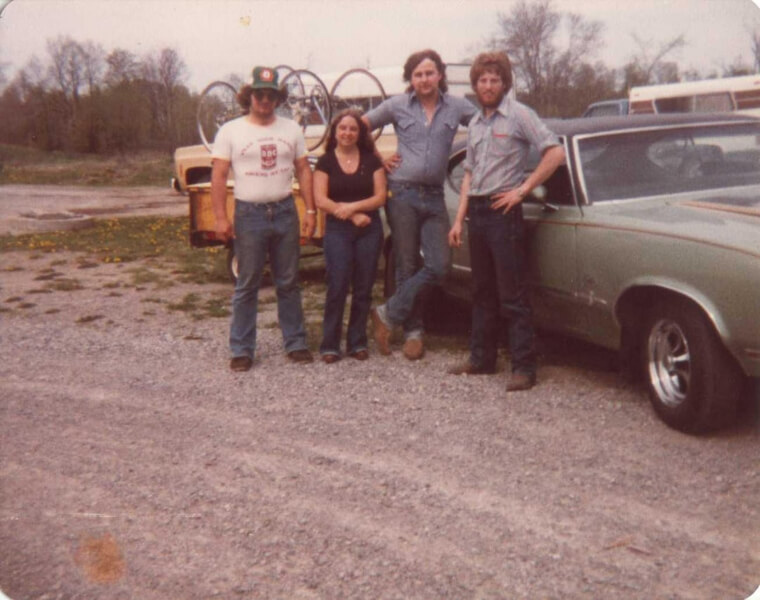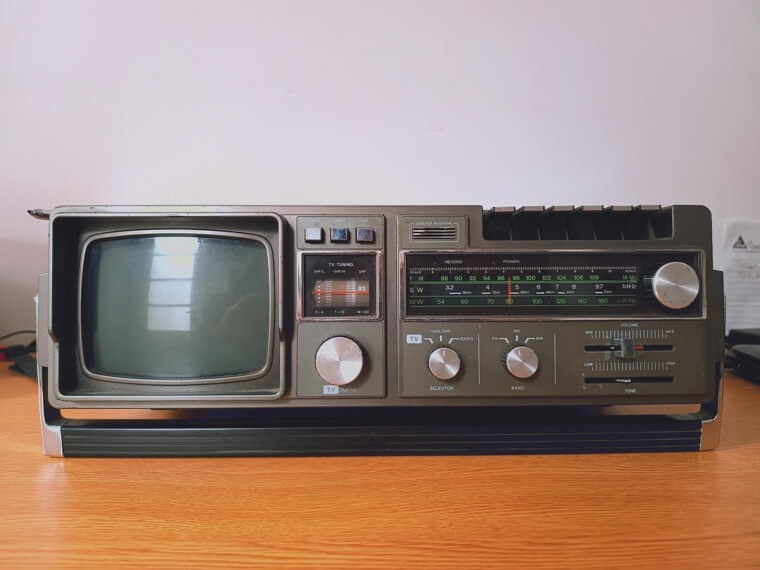Sitting Down for Family Dinners
The family dinner table was more than a place to eat. It was where the day began and ended, where laughter, arguments, and stories all shared the same space. Parents cooked from scratch, and children set the table without complaint. Meals weren’t rushed, and nobody stared at a phone. It was an ordinary ritual that built connection without anyone realizing how valuable it was. Today, schedules pull families in every direction. Dinner is often eaten in front of a screen or grabbed on the go. Back then, food wasn’t just nourishment. It was conversation, comfort, and care. Those shared meals gave families rhythm and stability. It was never considered a luxury, but it was one of the richest parts of everyday life. The warmth of a meal surrounded by familiar faces remains one of the sweetest memories for many who grew up during that time.
Affordable College and First Homes
For many Boomers, education and home ownership were within reach. College tuition could be paid with part-time work, and buying a modest first home was a realistic goal. Nobody thought of it as a luxury because it was normal. Today, those same opportunities feel distant for younger generations. Back then, stability seemed built into adulthood. Graduating, finding a job, buying a house, and starting a family all felt achievable. The sense of progress was its own comfort. Looking back, the ability to build a life without overwhelming debt was a gift few recognized at the time. It was not about wealth but about possibility. That security allowed people to dream, plan, and build without fear. It was an everyday luxury that shaped an entire generation’s confidence in the future.
Music You Could Hold in Your Hands
There was something deeply satisfying about owning music physically. Vinyl records, cassette tapes, and even eight-tracks lined the shelves of bedrooms and living rooms. The sound of a record dropping onto the turntable, the gentle crackle before the first note, felt like magic. Every album had weight, texture, and art. You could read the lyrics, admire the cover, and share it with friends. Today, music streams instantly, but it feels less personal. The ritual of listening has disappeared. Back then, music wasn’t just background noise. It was an experience that demanded attention and care. Albums were played from start to finish, and every song felt intentional. The act of saving money to buy one made it matter more. It was a quiet luxury to live in a time when enjoying music meant slowing down, sitting still, and really listening.
A House Full of Familiar Voices
Growing up, most homes were filled with sound. Parents talking in the kitchen, siblings arguing over the TV, the radio humming in the background. It was constant noise, but it was comforting. Today, so many homes are quieter, each person in their own room with headphones or screens. Back then, privacy was rare, and personal space was small, but there was an easy togetherness that many now miss. The simple act of hearing someone else living their life nearby was grounding. You did not need to text or schedule time together. You just talked. It was the kind of luxury that came without effort, woven into everyday routines. Looking back, those crowded homes offered something modern life struggles to recreate. They were filled with connection, noise, and a sense of belonging that no new technology can truly replace.
Knowing When to Stop for the Day
Work once ended when you left the office. There were no emails at midnight, no constant connection to the job. Evenings belonged to family, hobbies, or rest. People watched TV together, read books, or simply talked. It was a quiet kind of balance that no one thought to treasure. Today, work follows people everywhere, blurring the line between effort and exhaustion. Back then, leaving work meant truly being done. The mind could rest. Weekends were long, and time felt full. The absence of constant connectivity was an invisible privilege that shaped healthier lives. It was a luxury that required no wealth, just boundaries. Many Boomers look back and realize that peace was one of the most valuable things they ever had.
Neighbors Who Stopped By Without Calling
In the 1960s and 70s, neighbors felt like an extended family. People stopped by unannounced with pie, borrowed sugar, or just to talk. No one needed an invitation, and nobody felt like an interruption. It was normal to know the names of everyone on your street and to look after each other’s kids. Doors were left unlocked, and trust was the default. Today, most people live behind fences, security systems, and social media. Back then, kindness and connection came easily. It was an everyday luxury to feel part of something larger than your own household. The neighborhood itself felt alive. People waved from porches, chatted at mailboxes, and shared more than small talk. It was the kind of community that made even the simplest street feel like home. Looking back, those casual visits and friendly smiles were the glue that held life together.
Weekend Drives With No Destination
Families used to pile into the car on Sunday afternoons and just drive. There was no plan, no GPS, no rush to get anywhere. Parents rolled down the windows, the radio played softly, and kids in the backseat watched the world go by. Gas was cheap, and life moved slowly enough to enjoy it. Those drives were a kind of freedom that few recognized as special at the time. Today, travel means schedules, tolls, and traffic. Back then, it meant discovery. The world felt wide open, and even the smallest detour could lead to something new. It was a luxury to live in a time when the journey itself mattered more than the destination. The smell of vinyl seats, the hum of the road, and the feeling of safety with family all created a memory that never really fades.
A Closet Full of Clothes That Lasted
Before fast fashion, clothes were made to endure. A new coat or pair of shoes was an investment, chosen carefully and worn proudly for years. Parents taught their kids to mend, patch, and take care of what they owned. Closets were smaller, but everything inside had value. There was pride in sewing on a missing button or polishing shoes before Sunday service. Today, clothes are disposable, meant to be replaced instead of repaired. Back then, every garment carried a story. You could remember where you bought it or who gave it to you. That durability and care created a sense of gratitude that modern convenience rarely provides. Owning less but loving it more was an everyday luxury. It taught respect for things and appreciation for effort. Even now, a well-worn sweater from those days holds more warmth than anything new ever could.
Real Letters in the Mail
Before email and text messages, communication arrived in envelopes. Handwritten letters carried not just words but emotion. You could see the effort in every pen stroke and feel the person behind the page. Waiting for a reply made correspondence meaningful. It was an act of patience and care. Today, messages are instant and disposable, easily sent and just as easily forgotten. Back then, getting a letter felt like receiving a gift. People kept them in drawers and tied them with ribbon, rereading them for years. Each one was a small piece of connection you could hold in your hands. The scent of paper and ink, the anticipation of opening it, all added to the experience. That quiet, thoughtful form of communication was a luxury of time and sincerity that is almost gone now.
Movies You Had to Wait For
When a new movie came out, people lined up at theaters, sometimes for blocks. There was no streaming, no skipping ahead, no spoilers online. The anticipation was half the fun. You might wait months for a film to reach your town, and once it did, it was an event. Families made a night of it, dressing up and buying popcorn that smelled better than anything store-bought. Watching a movie on a big screen with an audience created a shared excitement that living room TVs can’t duplicate. Today, entertainment is instant and endless, but it rarely feels special. Back then, waiting made the experience richer. It was a luxury to truly look forward to something and to savor it once it arrived.
Phones That Made You Talk
There was a time when phones had cords and real conversations. You called someone because you wanted to hear their voice, not because you needed something. There was no texting, no notifications, no distractions. You sat down, talked, and listened. Every household had a shared phone, often in the kitchen, where privacy meant stretching the cord as far as possible. Conversations lasted longer and meant more. You could hear laughter, pauses, and tone in a way that messages cannot capture. Today’s convenience has taken away that closeness. Back then, talking on the phone felt personal. It was one of the small luxuries of slower communication that kept people genuinely connected.
Homemade Meals From Scratch
Dinner once began long before it hit the table. Vegetables were chopped by hand, recipes passed down, and everything smelled like real food cooking. Families did not think of it as special, but it was. The time and care that went into every dish made mealtime feel important. Today, convenience often wins. Frozen dinners and takeout have replaced the sound of pots and pans. Back then, even simple meals tasted better because they were made with attention. The effort itself was part of the nourishment. Sitting down to something homemade was one of life’s quiet luxuries, one that few realized would fade away.
The Joy of Real Photo Albums
Before phones and digital storage, families kept their memories in thick photo albums. Pages filled with slightly faded prints told stories of birthdays, graduations, and everyday life. The photos were imperfect, sometimes blurry or off-center, but they were real. Each one had weight, texture, and meaning. You could hold a moment in your hands. Sitting down to flip through an album felt like revisiting a chapter of your own history. Today, pictures live behind screens, countless and disposable. The act of developing film, waiting for it, and finally seeing the results gave each photo significance. Friends gathered around to look together, laughing and reminiscing as they turned the pages. It was an unspoken family ritual, repeated over the years. Now, those albums rest on shelves like time capsules, reminders of an era when memories were tangible. The luxury was not in the pictures themselves but in the patience and presence that created them.
Sleeping With the Windows Open
Before air conditioning became standard, summer nights were spent with open windows and the hum of crickets outside. Curtains moved gently in the breeze, and the air smelled like grass and night rain. It was a small act of trust, leaving your home open to the world while you slept. Neighbors’ voices drifted through the dark, dogs barked in the distance, and the world felt alive but peaceful. Today, most homes are sealed tight, cooled by machines that trade connection for comfort. Back then, you could feel the weather change through the night, hear a train miles away, and wake to birds instead of alarms. It was a luxury of simplicity, one that cost nothing but gave you a sense of belonging to the world around you. The air was imperfect, but it was real. Sleeping with the windows open was an ordinary pleasure that carried a quiet kind of freedom.
Repair Shops That Fixed Everything
When something broke, you took it to be repaired. Shoes were resoled, toasters rewired, and televisions opened up by hand. The idea of throwing something away felt wasteful. Every town had its fix-it shops, often run by people who knew how to make almost anything work again. The smell of oil and solder filled the air, and the workbench was covered in tiny tools. You trusted these people because they cared about what they fixed. Today, repair shops are rare, and replacement has replaced craftsmanship. Back then, repairing something made you value it more. It felt personal, even responsible. Each repaired item carried a little history of care and resilience. The true luxury was in knowing that things were made to last and that people took pride in restoring them. That kind of patience and skill has quietly vanished, leaving behind a nostalgia for a world where “broken” didn’t mean “gone.”
Public Parks Filled With Families
On weekends, parks were full of life. Parents unpacked picnic baskets, children ran barefoot through grass, and someone always brought a radio. There were no organized events or social media check-ins. People simply showed up. You could spend an entire afternoon with nothing but a blanket and a few sandwiches, and it felt like enough. Today, parks are quieter, often empty or filled with people staring at screens. Back then, they were gathering places where the whole town seemed to come alive. The laughter of kids playing tag mixed with the crackle of barbecue coals and the distant sound of music. It was an ordinary kind of joy that required no ticket, no reservation, no schedule. Looking back, it was a luxury to have so much time to simply exist outside with others. The memory of those sunny afternoons still feels brighter than anything bought or planned.
Waiting for Mail-Order Packages
Long before two-day shipping, ordering something by mail was an event. You filled out a form from a catalog, mailed it with a check, and then waited. Weeks later, a brown box arrived, and the anticipation made it feel like Christmas. The process was slow, but it gave the purchase meaning. Catalogs from Sears or JCPenney were household fixtures, their glossy pages circled and folded with wishes. The waiting taught patience and excitement. Today, everything arrives instantly, but the thrill is gone almost as quickly. Back then, even a simple kitchen gadget or new sweater felt special because it took time and effort to get. Opening that box felt personal, almost ceremonial. It was a small luxury to live in a world where the joy of getting something new was stretched out, savored, and shared.
The Smell of Newspapers and Morning Coffee
Every morning began with the rustle of a newspaper and the comforting smell of coffee. It was a ritual shared by millions. You caught up on headlines, clipped out coupons, and maybe read the comics before heading to work. The ink smudged your fingers, and the paper sometimes left rings from your mug, but it felt real and grounding. Today, news comes in alerts and scrolls, always moving, never resting. Back then, the morning paper was an anchor, a quiet start before the day began. The smell of coffee brewing in the kitchen and the sound of turning pages created a rhythm that defined mornings. It was an ordinary habit, but it gave structure and calm to daily life. The luxury was in the slowness, in the idea that information arrived once a day instead of every minute. That peace is something many people miss without even realizing it.
Road Trips With Paper Maps
Planning a trip once meant spreading a large paper map across the kitchen table. Parents traced routes with their fingers, arguing gently about which road looked more scenic. Kids circled towns with funny names and made lists of snacks for the ride. Getting lost was part of the adventure. There was pride in navigating without help from a screen. Today, GPS gives perfect directions, but it also takes away discovery. Back then, every wrong turn could lead to something unexpected. The gas station attendant who gave you directions, the roadside diner you found by chance, the laughter over a missed exit all became part of the story. Paper maps represented freedom and curiosity. The luxury was in the unpredictability, in trusting yourself to find the way and enjoying what came in between. It made travel more than movement; it made it memory.
Music on the Radio
The radio was once the soundtrack of everyday life. You didn’t choose songs; they found you. People waited all day to hear their favorite tune and kept cassette tapes ready to record it. DJs had personalities, and local stations gave each town its own voice. The mix of music, weather reports, and commercials made the world feel connected. Today, playlists are perfect but predictable. Back then, hearing a song unexpectedly made it magical. The radio created moments of joy and surprise that you could not plan. Families listened together in cars, kitchens, and garages. Songs became tied to memories, not algorithms. It was a small, steady luxury to be surprised by music and to feel that, for a few minutes, the whole town was listening with you.

